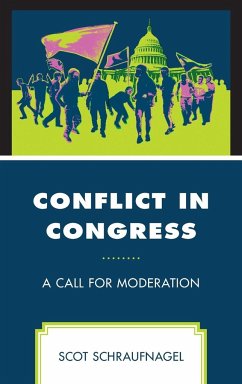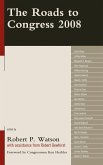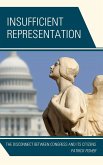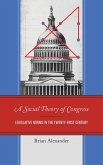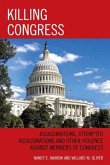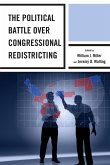This book suggests that conflict in legislatures is two-dimensional. Using the US Congress as a testing ground, and novel indicators of both forms of conflict and legislative productivity, the book tests the theory, concluding that moderate levels of interactive conflict are most productive.
Hinweis: Dieser Artikel kann nur an eine deutsche Lieferadresse ausgeliefert werden.
Hinweis: Dieser Artikel kann nur an eine deutsche Lieferadresse ausgeliefert werden.

